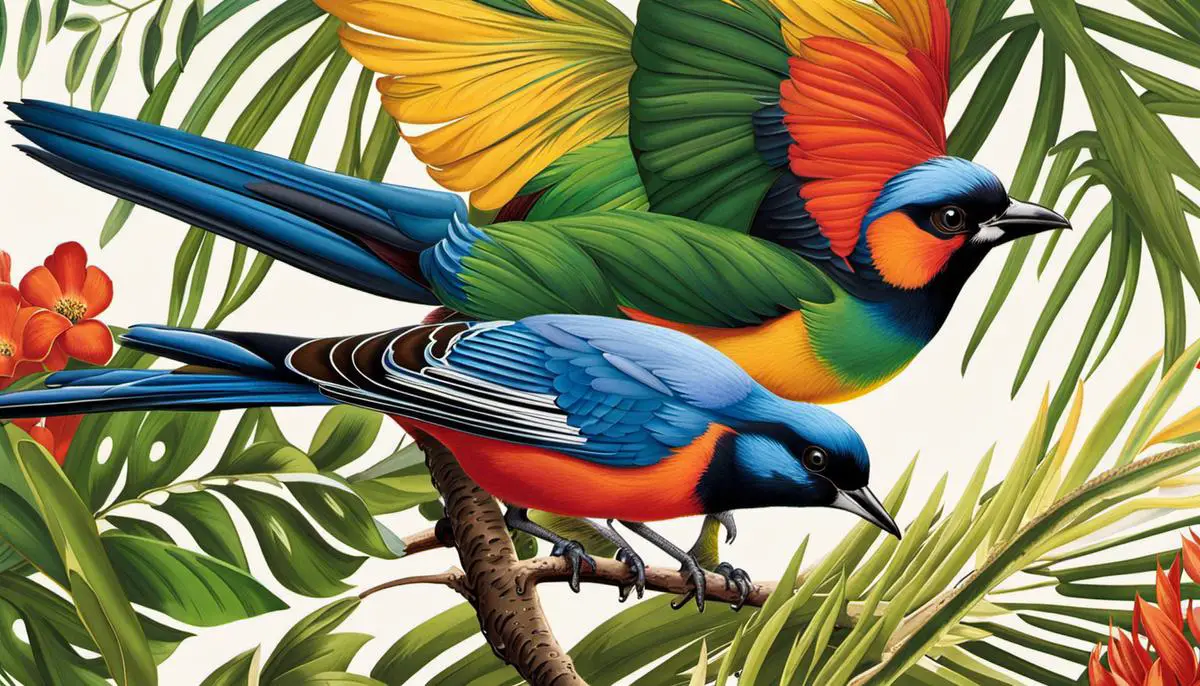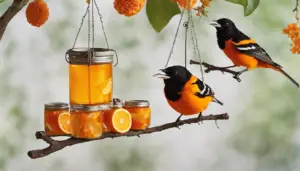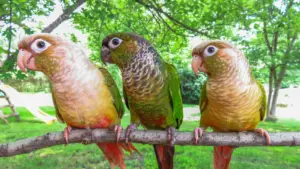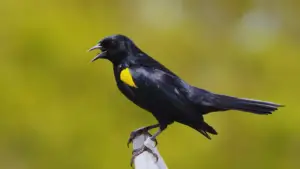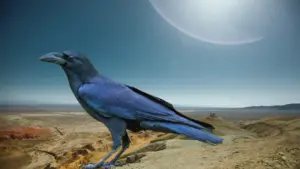The verdant valleys, rugged ridgelines, and turquoise waters of Maui are a paradise not only for nature lovers but also for a dazzling array of bird species. From the enchanting I’iwi with its scarlet feathers and sickle-shaped beak to Hawaii’s state bird, the endangered nēnē, or Hawaiian goose, Maui’s avifauna captures the majesty of the island’s biodiversity. In a journey unraveling the tapestry of Maui’s birds, we delve into the captivating world of these avian acrobats, acknowledge the monumental threats they face and gaze at the measures set in place to conserve them. The narrative further unfolds with a dedicated guide for birdwatching enthusiasts and emphasizes the pivotal role played by each of us in preserving Maui’s beak-and-feather treasures.
Native Birds of Maui
Unique Bird Species Native to Maui
There are numerous bird species native to Maui, with a significant number being endemic – found nowhere else in the world. One such species is the Maui Parrotbill, also known as the Kiwikiu. This small bird is rich green and yellow in color and known for its stout bill shape, resembling a parrot hence the name. Currently, it’s listed as critically endangered, illustrating the precarious fate of some of Maui’s unique bird life.
Another endemic bird is the ‘I’iwi, or Hawaiian Honeycreeper. It’s one of the most vibrant bird species in Hawaii with its fiery red plumage. The ‘I’iwi has a distinctive curved beak used to drink nectar from native plants, acting as a critical pollinator in the island’s ecosystem.
Behaviors and Roles within Maui’s Ecosystem
Native birds on Maui have individualized behaviors and play integral roles within the island’s ecosystem. The Akohekohe, or Crested Honeycreeper, is a nectarivorous bird, feeding predominantly on the nectar of native trees. This species plays a crucial role in pollination, helping maintain Maui’s biodiversity.
The Nene, the official bird of the State of Hawaii, is an endemic species that grazes like a goose. They feed on native vegetation and contribute to seed dispersal, aiding plant propagation across the island. Unfortunately, the Nene is considered endangered due to habitat loss.
Native Bird Habitats
The habitats of these species vary, often depending on their roles in the ecosystem. For fresher water birds like the Hawaiian Coot, habitats surround wetlands, ponds, and marshes.
For others, the lush forests of Maui serve as home. Birds like the Maui ‘Alauahio, or Maui Creeper, primarily inhabit the native forests at high elevations. The Kiwikiu also resides in these higher altitude forested areas on the windy, northeastern slopes of Haleakala.
Conservation Efforts
As many of these birds are threatened or endangered due to habitat loss and introduced diseases, conservation efforts are in action to protect them. Objectives include restoring native habitat, maintaining genetic diversity, and reintroducing species into secure, managed habitats.
The Maui Forest Bird Recovery Project (MFBRP) is one such effort. They concentrate on the conservation of Maui’s native birds and their habitats. Their work includes direct habitat restoration and the release of captive-reared Kiwikiu into the wild. These efforts are intended to slow and eventually reverse the decline of native bird populations on Maui.
Maintaining the Diverse Bird Species on Maui
Maui’s diverse bird species are not just a component of the island’s biodiversity, but they also play a crucial role in maintaining the balance and stability of the ecosystem. These avian species provide irreplaceable services to the Maui ecosystem, making their preservation a matter of utmost importance. Their vibrant presence adds an enticing allure and colors to the naturally beautiful landscapes of Maui.
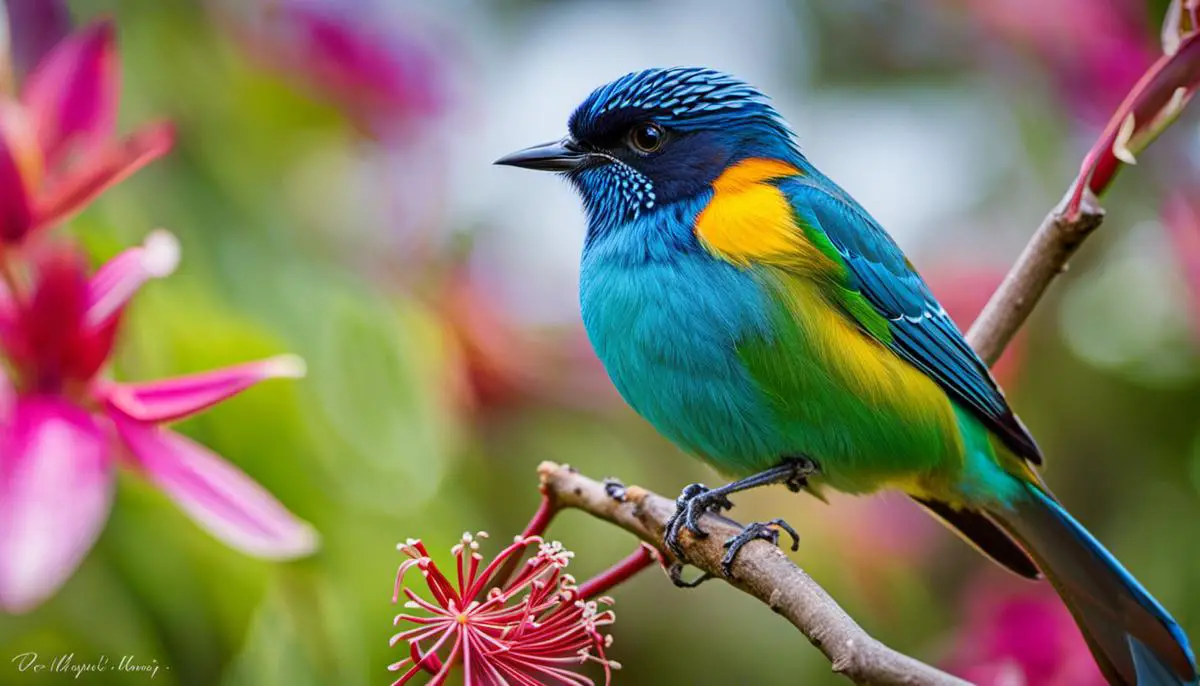
Threats to Maui’s Birds
Consequences of Habitat Loss on Maui’s Birds
The most significant danger to Maui’s bird species is undoubtedly habitat loss. Accelerated urban development, agriculture, and damaging activities such as logging and land conversions have greatly impacted the natural habitats. This has led to a drastic decrease in various bird populations due to scarcity of nourishment, safe haven, and breeding areas. Furthermore, deforestation causes fragmentation of their habitats, resulting in smaller, isolated groups that are at a greater risk of dying out. However, the practice of reforestation, creating protected spaces, planned urban growth, and sustainable agricultural methods can all contribute to reducing habitat loss and enhance the chances of survival for these bird species.
Climate Change: Handling the Heat and Rising Seas
Climate change is another significant challenge that is threatening the birds of Maui. With rising temperatures, altered weather patterns, increased storm intensity, and sea-level rise, climate change is fundamentally altering the habitats where birds live. Furthermore, the shift in temperature can disrupt timing of food availability, leaving migrating birds without the food they need after a long journey. Climate-responsive conservation strategies, such as protecting and restoring climate-resilient habitats and incorporating climate change into conservation plans, are necessary to support bird adaptation and survival in the face of climate change.
Invasive Species Predation: Unfamiliar Foes
Introduced predators such as mongoose, feral cats, and rats pose a severe threat to the birds of Maui. These invasive species prey on eggs, chicks, and even adult birds, causing a dramatic decrease in bird population and disrupting ecological balance. Control or elimination of these invasive predator species is essential. This can be achieved through trapping, fencing, poison baiting, or sterilization campaigns.
Disease: Navigation Through an Invisible Killer
Avian diseases have also contributed to the decline of bird species on the island. Avian malaria and avian pox, transmitted by mosquitoes, have severely affected native Hawaiian birds who lack immunity to these illnesses. In this regard, measures such as mosquito control, disease monitoring, and potential inoculation projects could be effective at mitigating health threats.
Maui’s Bird Conservation: A Ray of Hope
The birds of Maui are experiencing a renewed hope, thanks to numerous dedicated conservation efforts underway. These efforts, led by committed organizations like the Maui Forest Bird Recovery Project and the Department of Land and Natural Resources, aim at safeguarding Maui’s native bird species. The focus is not just on bird protection but also on habitat restoration, threat management, research, fostering alliances with other conservation allies, and engaging the public in these initiatives. Every action taken is a vital step towards preserving the diversity and richness of Maui’s avian species.

Birdwatching in Maui
Prime Birdwatching Locations in Maui
Often referred to as The Valley Isle, Maui is a hotbed of remarkable birdwatching locations. The crown jewel among them is Haleakalā National Park, which features diverse ecosystems from the high peak regions to the coastal Kipahulu area. Here, birdwatchers can see the official state bird of Hawaii, the Nēnē (Hawaiian Goose), and endemic species such as the Hawaiian Honeycreepers. Venturing to the rainforests of Hana, a secluded town on the eastern shore of Maui, will introduce bird enthusiasts to more native species including the vibrant I’iwi and Apapane.
Birdwatching Timings
While birds can be watched all year round in Maui, some periods are particularly viable for spotting specific species. Winter is the best time to catch migratory seabirds like albatross and whales. Spring and summer are excellent times to view native Hawaiian forest birds as these are their breeding seasons. Early mornings and late afternoons are the most active times for birds, making them the most suitable time frames.
Common Bird Species in Maui
Maui is a habitat to various endemic, indigenous, and introduced bird species. Some of these include the Hawaiian Petrel, the Hawaiian Coot, the Maui Parrotbill, and the Red-billed Leiothrix. Maui also boasts the largest population of the endangered Nene, the Hawaiian Goose, which was brought back from the brink of extinction.
- Nene: Hawaii’s state bird, this rare goose has a distinct appearance and is known for its honking call.
- I’iwi: A symbol of the islands, this bird displays vibrant red plumage and a curved bill, making it a true standout.
- Akohekohe: An endangered honeycreeper, it showcases a striking combination of black, yellow, and scarlet feathers.
- Hawaiian Hawk (‘Io): Majestic and soaring, this raptor is a sight to behold with its powerful wings and piercing gaze.
- ‘Apapane: With its crimson feathers, this honeycreeper adds a burst of color to the lush foliage of Maui.
- ‘Amakihi: A small and agile honeycreeper, it is known for its melodic song and can be found darting among the trees.
- Maui Parrotbill: This endangered species stands out with its unique curved beak, perfectly adapted for its feeding habits.
- Pueo: An owl endemic to Hawaii, the Pueo is mysterious and captivating, often seen gliding silently through the night.
- ‘Elepaio: This flycatcher is recognizable by its distinctive call and can be found flitting about Maui’s forests.
- ‘Ua’u (Hawaiian Petrel): Graceful and elegant, this seabird frequents the coastline, enchanting observers with its flight patterns.
Practical Birdwatching Tips
A practical birdwatching expedition requires planning and proper gear. First, ensure to have binoculars, a bird guide, and a notepad for taking notes. Dress in layers to accommodate changing weather conditions, and try to blend with the environment by wearing muted colors. Maintain quiet and still to avoid disturbing the birds. Always respect the natural habitats, stick to established trails, and avoid interfering with nesting sites.
Birdwatching Etiquette
In respect to the environment and the birds, it’s crucial to uphold certain practices. Try not to feed the birds and leave no trace by ensuring you take any trash or belongings with you when you leave. Be considerate of other birdwatchers by keeping noise levels down.
Efforts to Conserve Birdlife in Maui
Maui is a dynamic setting in which various organizations are continually motivated to protect local bird populations and their environments. Key players such as the Maui Forest Bird Recovery Project and The Hawaii Audubon Society focus their efforts on extensive conservation studies, habitat restoration, and educational programs. Their fundamental goal is to secure a future for Maui’s unique avian species. A number of these species have been officially classified as endangered or threatened, underlining the vital nature of these conservation actions.
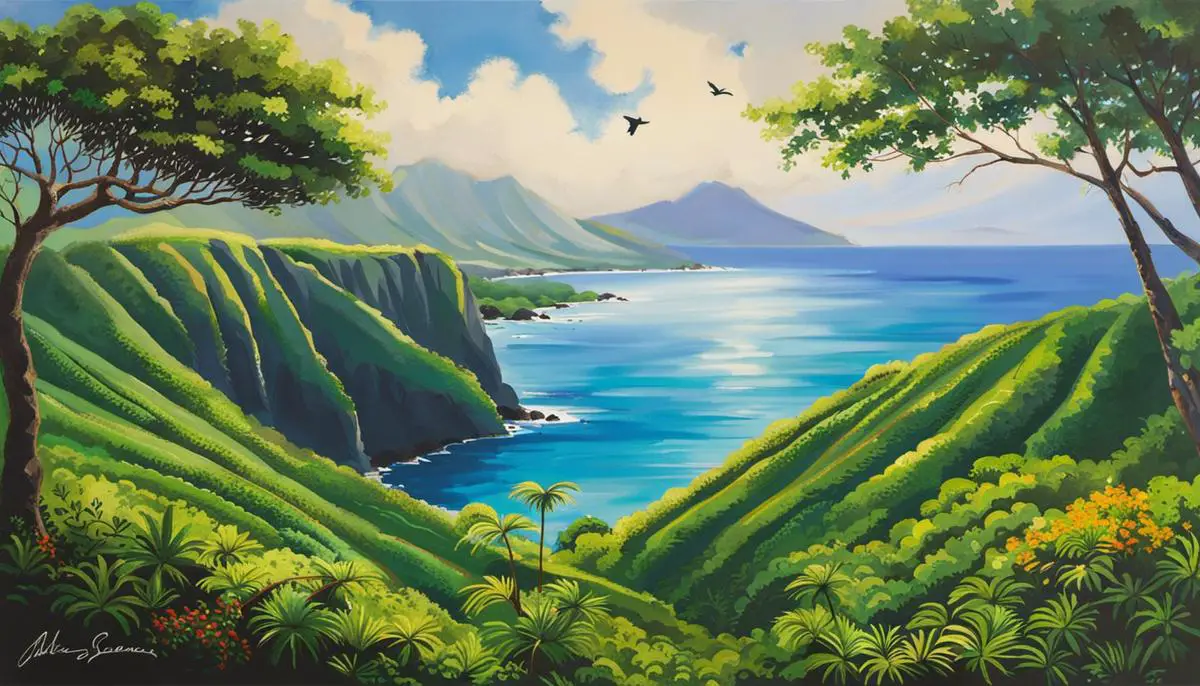
Conserving Maui’s Avian Wonders
Safeguarding Maui’s Diverse Avifauna
The picturesque island of Maui is characterised by its eclectic range of birdlife, which relies heavily on the island’s distinctive ecosystem. This has sparked a unified response that sees wildlife groups, local inhabitants, and government entities working towards a common goal: to safeguard these bird species. Both current and planned conservation measures are vital, not just for the survival of the island’s endangered avian species but also to maintain the area’s ecological equilibrium.
Community Involvement in Preservation
A mainstay of conservation initiatives in Maui is involvement by local communities, who play an integral role in protecting the avian fauna. Community-based efforts include educational outreach, conservation volunteering, birdwatching clubs, and habitat restoration. Numerous local groups work tirelessly, carrying out ground-level efforts such as eliminating invasive plants, controlling pests, and reforesting areas to provide better habitats for Maui’s birds.
Government Initiatives and Collaboration
Government organizations also play a vital part in Maui’s bird conservation. Regulatory measures taken by these bodies ensure the protection of bird habitats and restrict actions that may harm them. These regulatory bodies often collaborate with other stakeholders – local communities, non-government organizations, and international bodies – to implement and enforce these policies.
Important government-led initiatives include the Hawaiian bird conservation action plan set in motion by the U.S. Fish and Wildlife Service, and Maui Forest Bird Recovery Project, funded by the State of Hawaii to specifically focus on the recovery of Maui’s endangered bird species.
Role of Wildlife Groups
Several wildlife groups diligently work to conserve Maui’s bird life. Organizations such as the Maui Nui Seabird Recovery Project aim to protect native seabirds through a combination of research, habitat restoration, and public education. The national Audubon Society also has a significant role, researching avian populations and promoting bird-friendly practices through public engagement and policy advocacy.
Importance of the Conservation Efforts
The work being done to conserve Maui’s birds bears significant importance. These initiatives not only aim to protect the birds but also the larger ecosystem they inhabit. As many of Maui’s bird species are endemic (i.e., found nowhere else on earth), their extinction could disrupt the island’s ecological balance and lead to cascading negative effects on other species and habitats.
Visitors’ Contribution to Conservation Efforts
Visitors to Maui can play a part in these conservation efforts. Ethics suggested by The American Birding Association can be adhered to, such as respecting wildlife and habitats, and avoiding interference with nesting birds. Visitors can also participate in guided birdwatching tours, which often contribute to conservation funding. Another way for visitors to contribute is through donations or purchases from local conservation organizations.
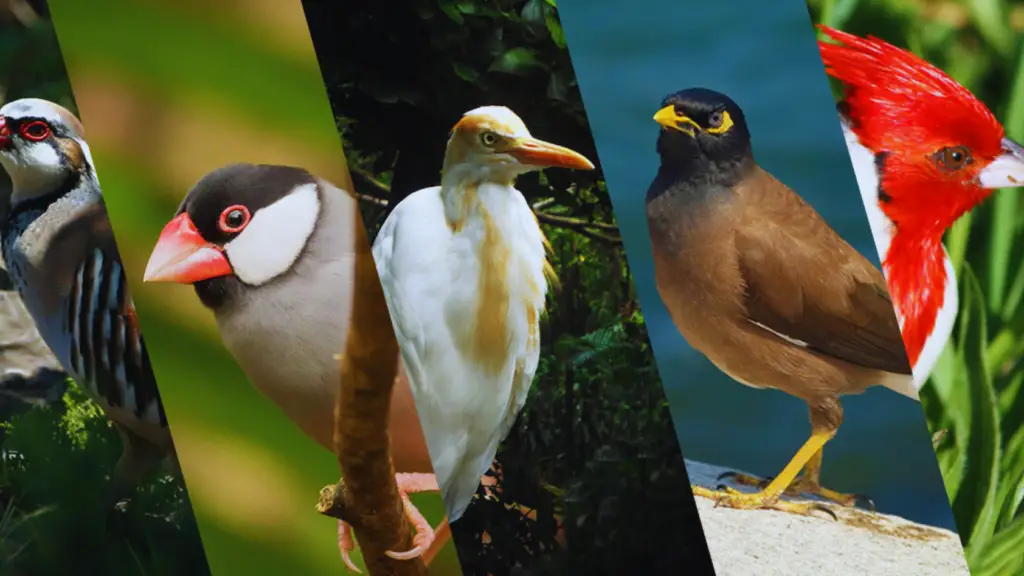
As we soar with the native birds of Maui, navigating their habitats and appreciating their individuality, we are reminded of the critical role they play in maintaining the delicate balance of the island’s ecosystem. From our view up in their airy realm, we see the challenges they face – habitat loss, changes in climate, predation, and disease, but also the extraordinary and commendable measures being taken to preserve these irreplaceable treasures. Whether you’re a bird lover or a first-time visitor, acknowledging the importance of these species and contributing towards their conservation is an enriching and impactful commitment. Indeed, the story of Maui’s birds is not limited to the pages of a guide or the lens of a birdwatcher. It is a living, breathing tale of resilience, a testament to the island’s natural beauty, and a call to action for all who tread its idyllic paths.

